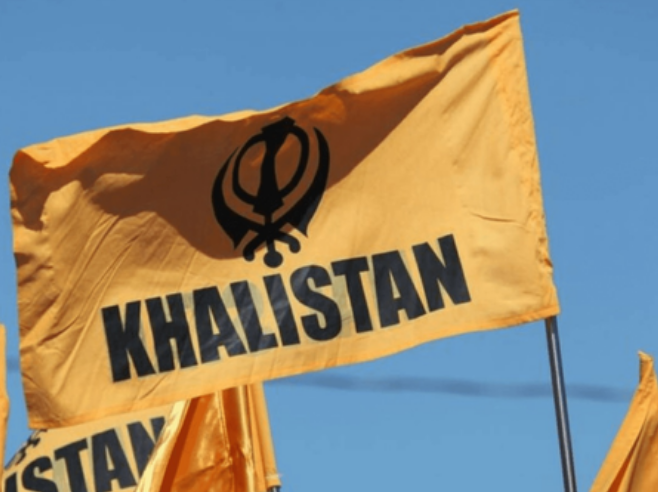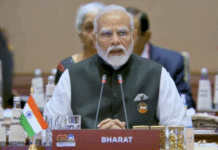OTTAWA, Canada– A renewed online debate over historical figure Mewa Singh has once again drawn attention to Canada’s ongoing struggle with Khalistan-linked extremism. The discussion was sparked by fresh commentary about the 1914 killing of Canadian immigration officer William C. Hopkinson by Singh, a member of the Ghadar Party.
Singh shot Hopkinson inside a Vancouver courthouse following the Komagata Maru incident, surrendered immediately, pleaded guilty, and was executed in 1915. While some portray Singh as a martyr, others stress that the killing of an unarmed government official inside a courthouse was an act of political violence. More than a century later, national security experts say the narrative is increasingly used by modern Khalistan-aligned actors attempting to legitimize extremist activities in Canada, according to Khalsa Vox.
A government-funded film revisiting the episode has reignited the debate, with some Sikhs celebrating Singh while many Canadians see the act as politically motivated terrorism, Juno News reported. The participation of elected officials has raised further concerns amid ongoing questions about extremism within segments of the contemporary Khalistani movement.
According to intelligence assessments, a small but persistent network of Canada-based Khalistani extremists continues to exploit Canada’s freedoms to support violent separatist aims abroad. The Canadian Security Intelligence Service has long warned that their activities, including propaganda, fundraising, and operational planning, represent credible national security threats.
CSIS emphasizes that the vast majority of Sikhs in Canada are peaceful and law-abiding, but a fringe minority continues to enable or justify violence, creating challenges for public safety and foreign policy.
Officials also note that any discussion about Khalistan-linked extremism inevitably recalls the 1985 Air India Flight 182 bombing — the deadliest act of terrorism in Canadian history. The attack, which killed 329 people, was carried out by extremists based in Canada and exposed major intelligence and policing failures that were later examined in a federal inquiry. The tragedy remains a central touchstone in how Canada understands and monitors modern extremist networks.
Experts say the pattern is clear: from the 1914 courthouse killing to the 1985 Air India bombing and today’s CSIS warnings, Canada’s open society has repeatedly been exploited by violent actors linked to separatist extremism. Authorities maintain that the threat does not originate from any community as a whole, but from ideologically driven individuals who use Canada’s freedoms to advance violence beyond its borders. (Source: IANS)












